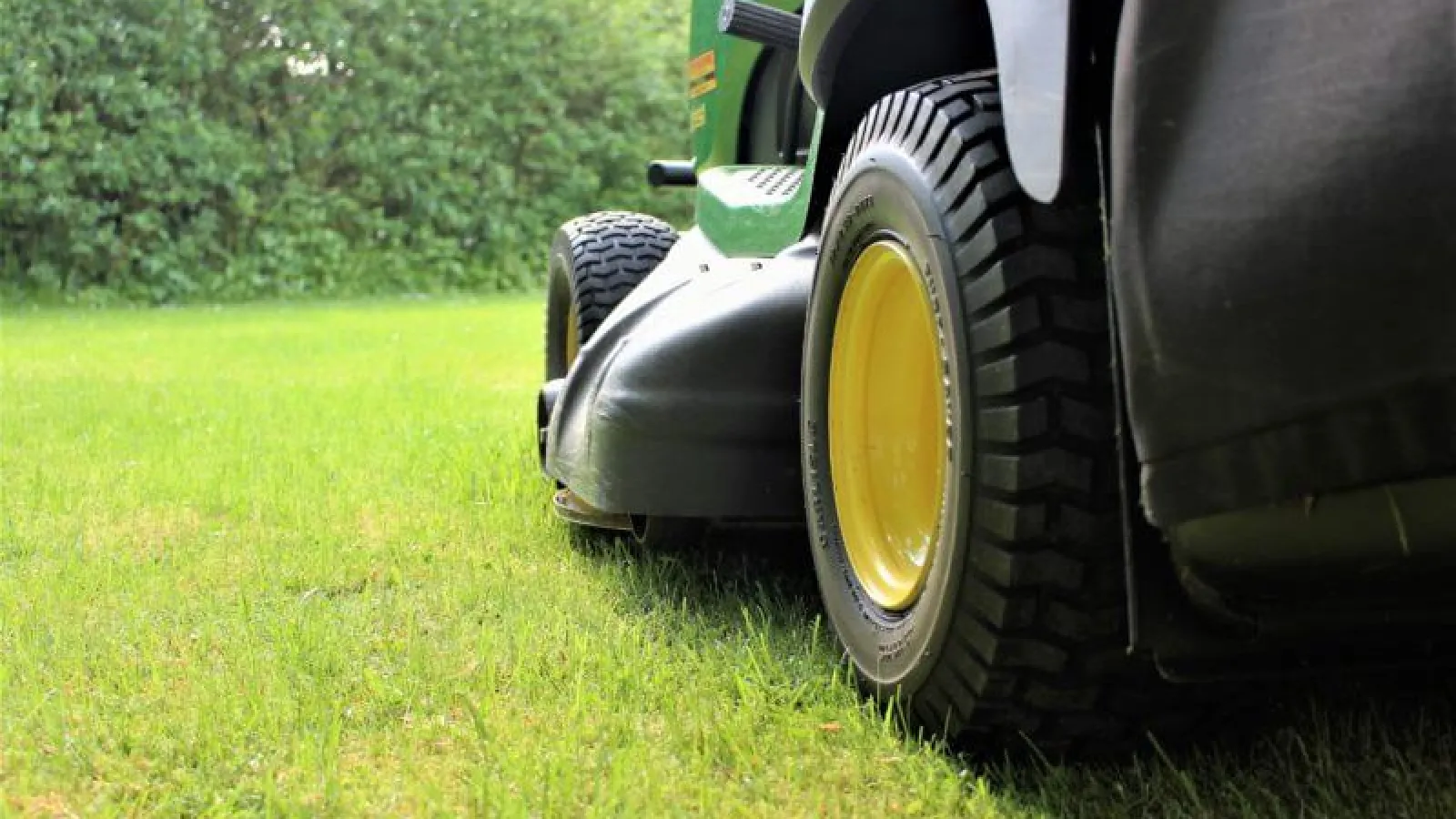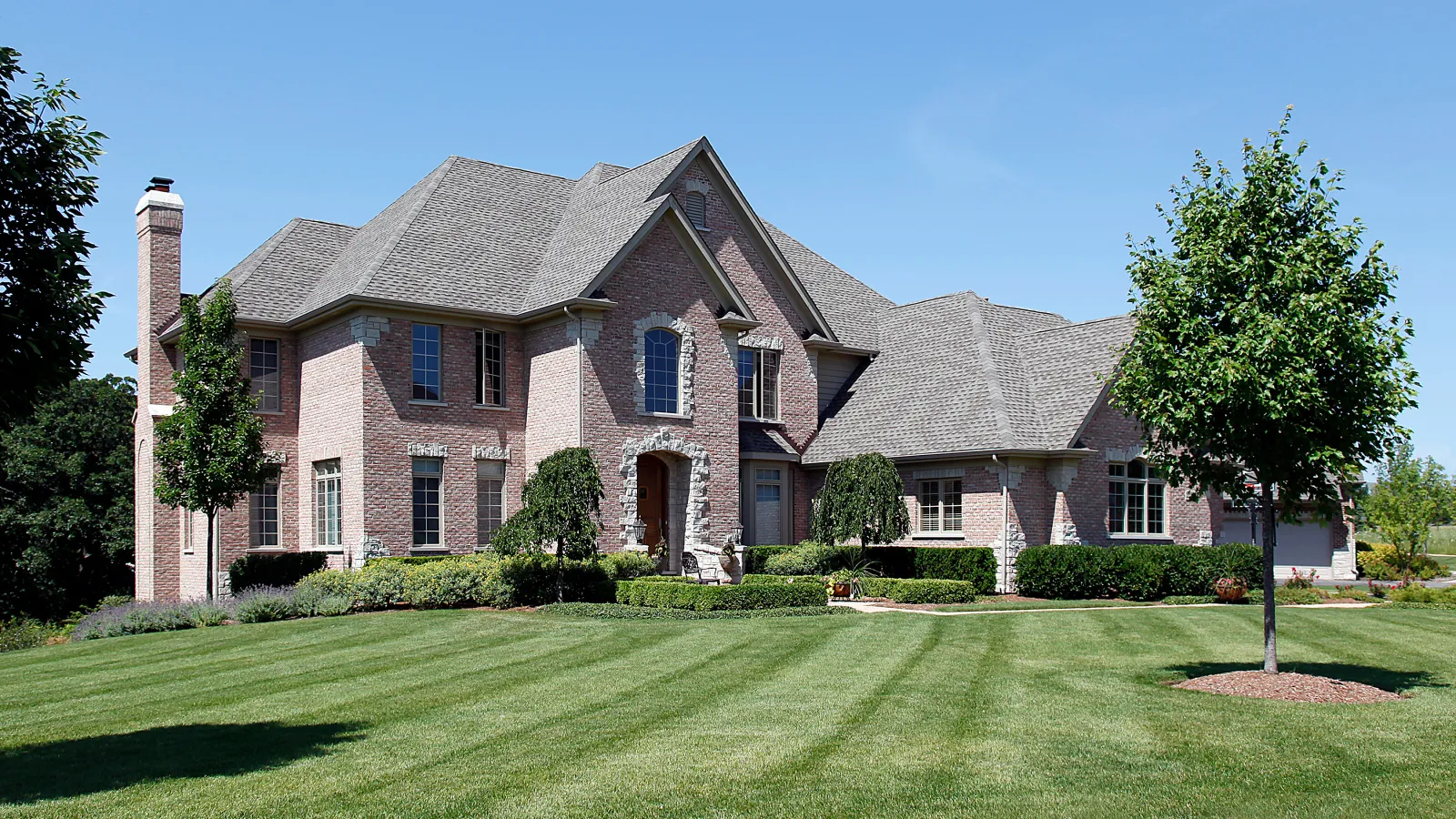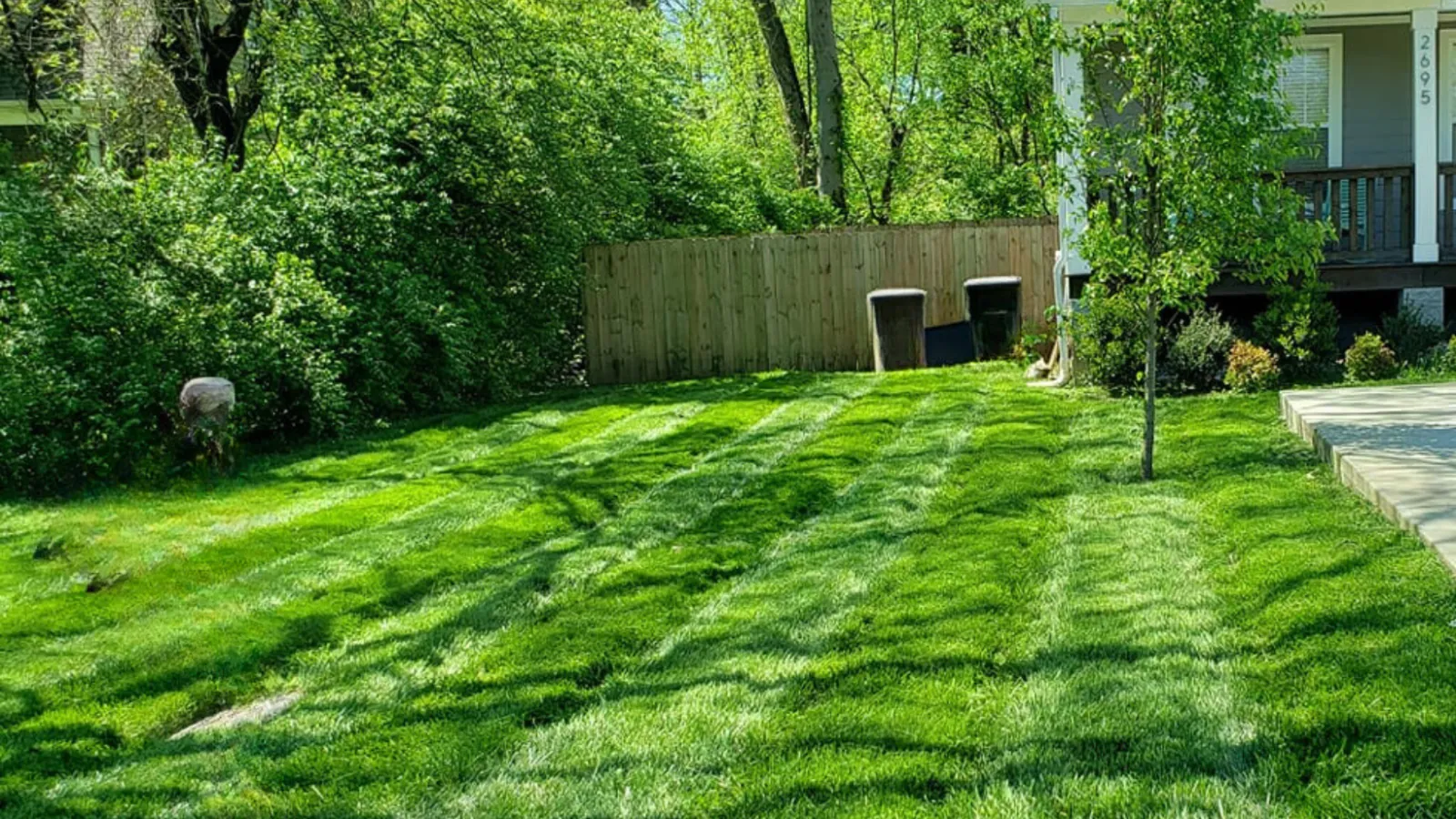
How to Mow your Lawn in the Winter
Once the weather gets colder, lawn care becomes the last thing on our list. Depending on your grass and where you live, this may or may not be the best decision. It’s important to note that the type of grass you have does make a difference. There isn’t one clear answer for everyone.
We’re breaking it down by grass type below. (Not sure what type of grass you have? Reach out to one of our experts.)
If you have fescue:
Fescue is a cold-season grass and thrives in the winter and cooler months. Mowing needs to be done weekly, except when new grass is present. Proper height for fescue grass is 3-4 inches in the cooler months.
If you have Bermuda, zoysia, or another warm-season grass:
In the winter, warm-season grasses, including Bermuda and zoysia, go dormant. But remember, winter is a time for less care, but not “no care.” Before winter hits, make sure to do one last good mow, especially if you see some taller grass. Remember, a little height will provide some extra insulation from extreme cold weather. This mowing job should last you throughout the winter. No mowing needs to be done on warm-season grasses during the winter in the south.
Keep in mind that the brown color of warm season grass in the winter is not an indication that it is dead; it has simply gone dormant and will turn green once the temperatures are warm enough again.
Less Care But Not “No Care”
And don’t forget, all lawn types still need proper fertilization in the cooler months. Lawns with a well-established and healthy root system will also green up quicker and grow thicker in the spring.
Rainfall usually provides enough water for lawns during the winter. However, in the absence of rain for an extended period of time, supplemental irrigation may be necessary.
Have questions about how to properly mow your lawn this month and the months to come? Our lawn care experts would be happy to talk to you. Reach out to us here.


